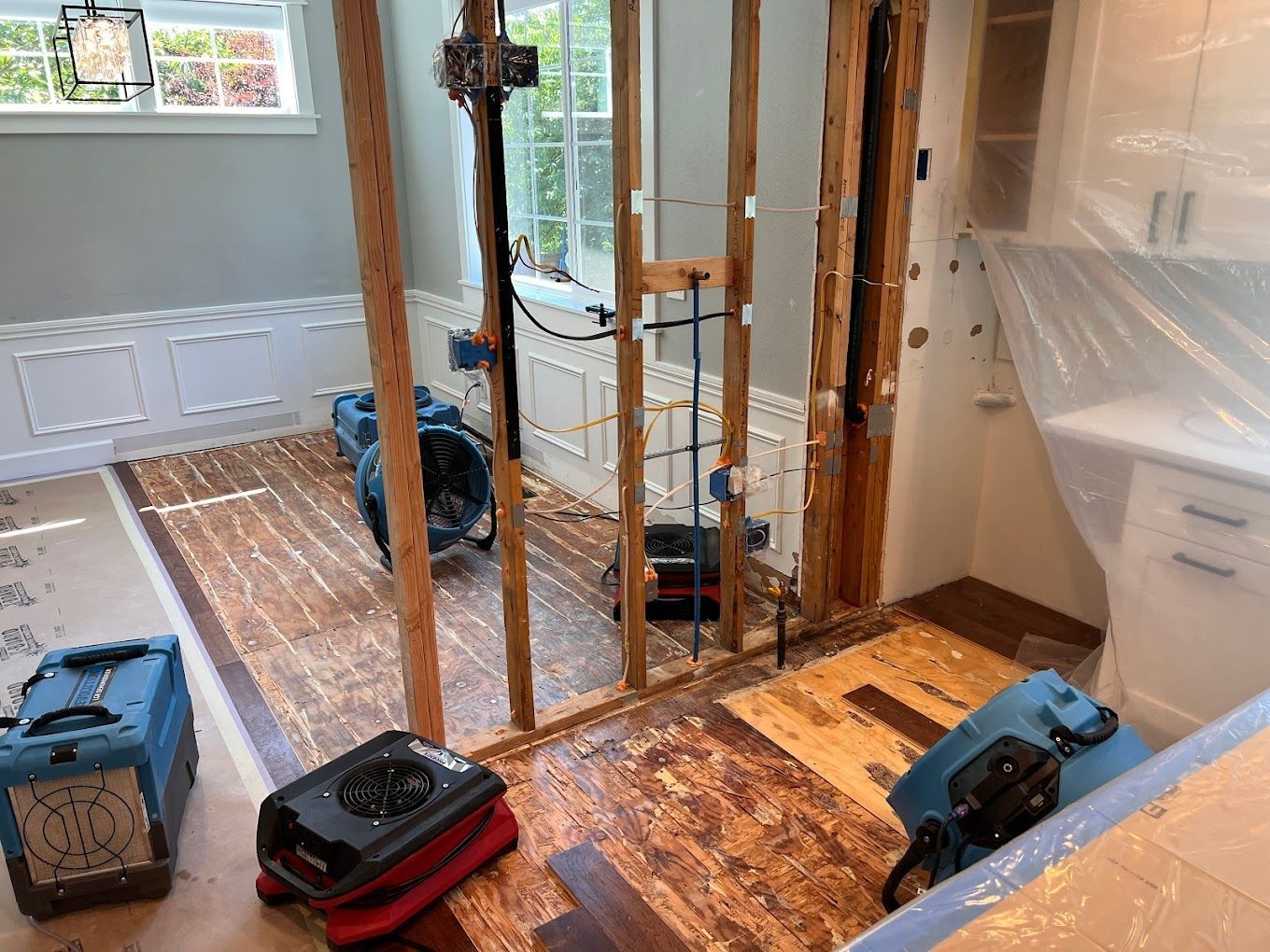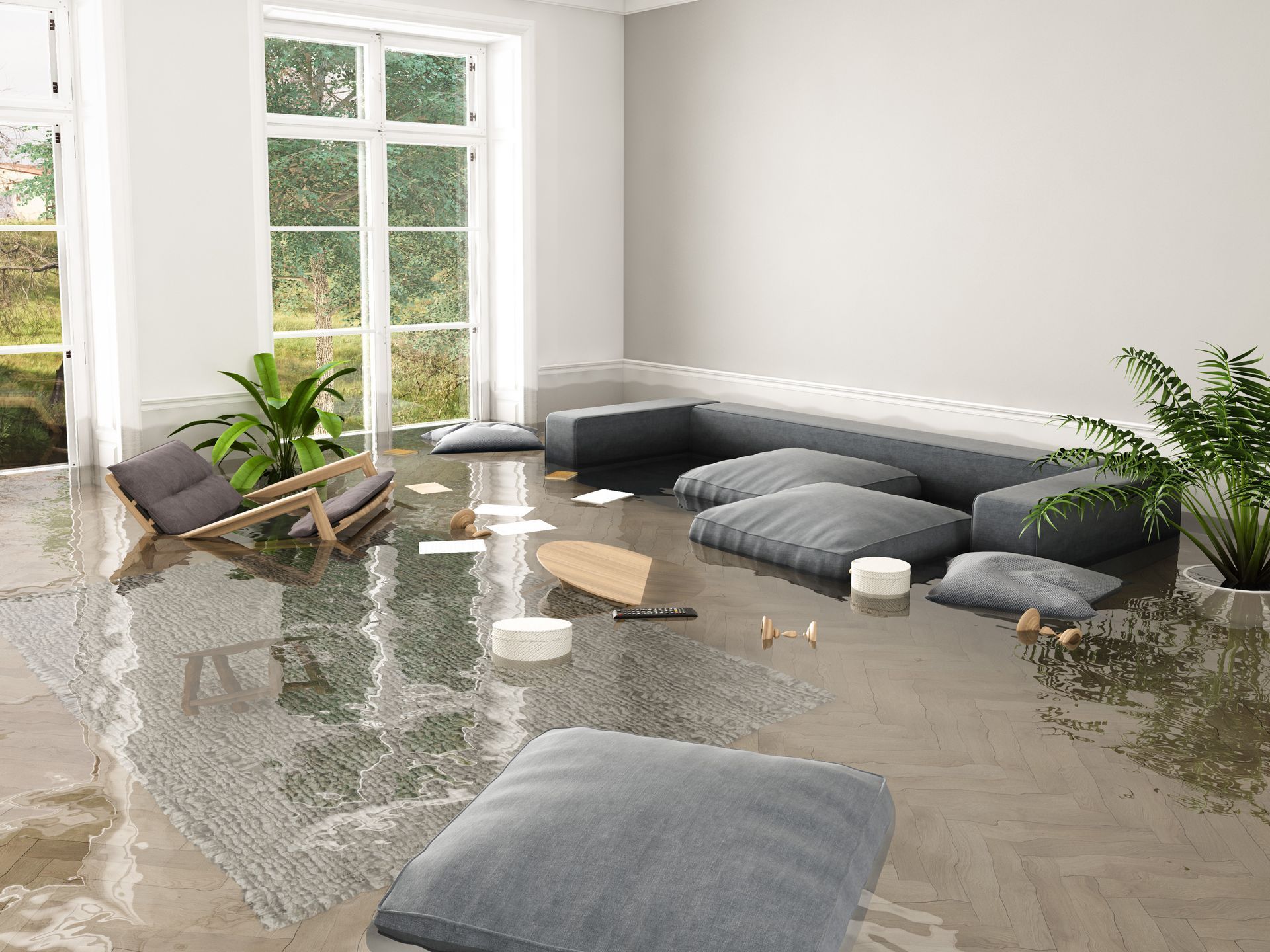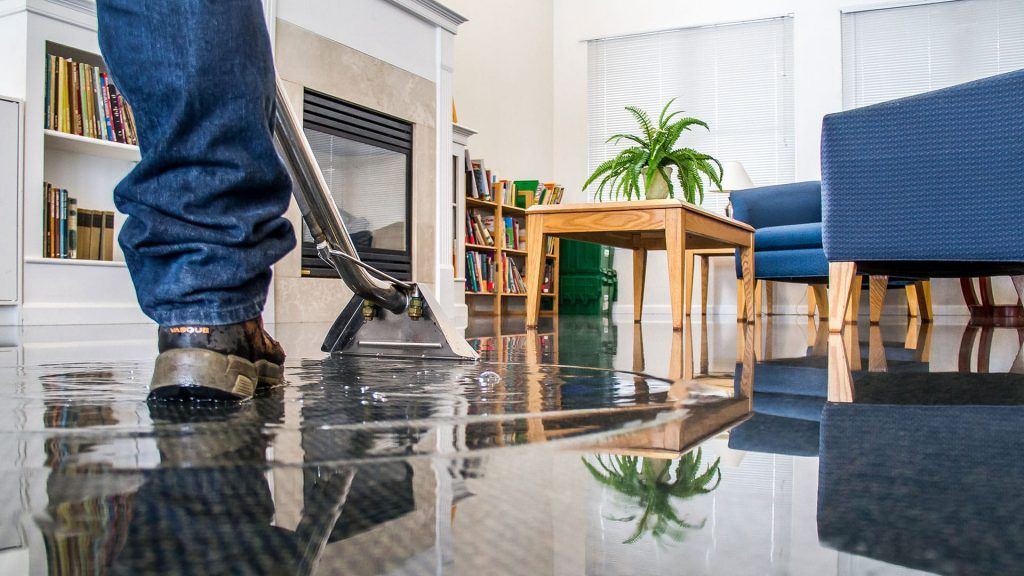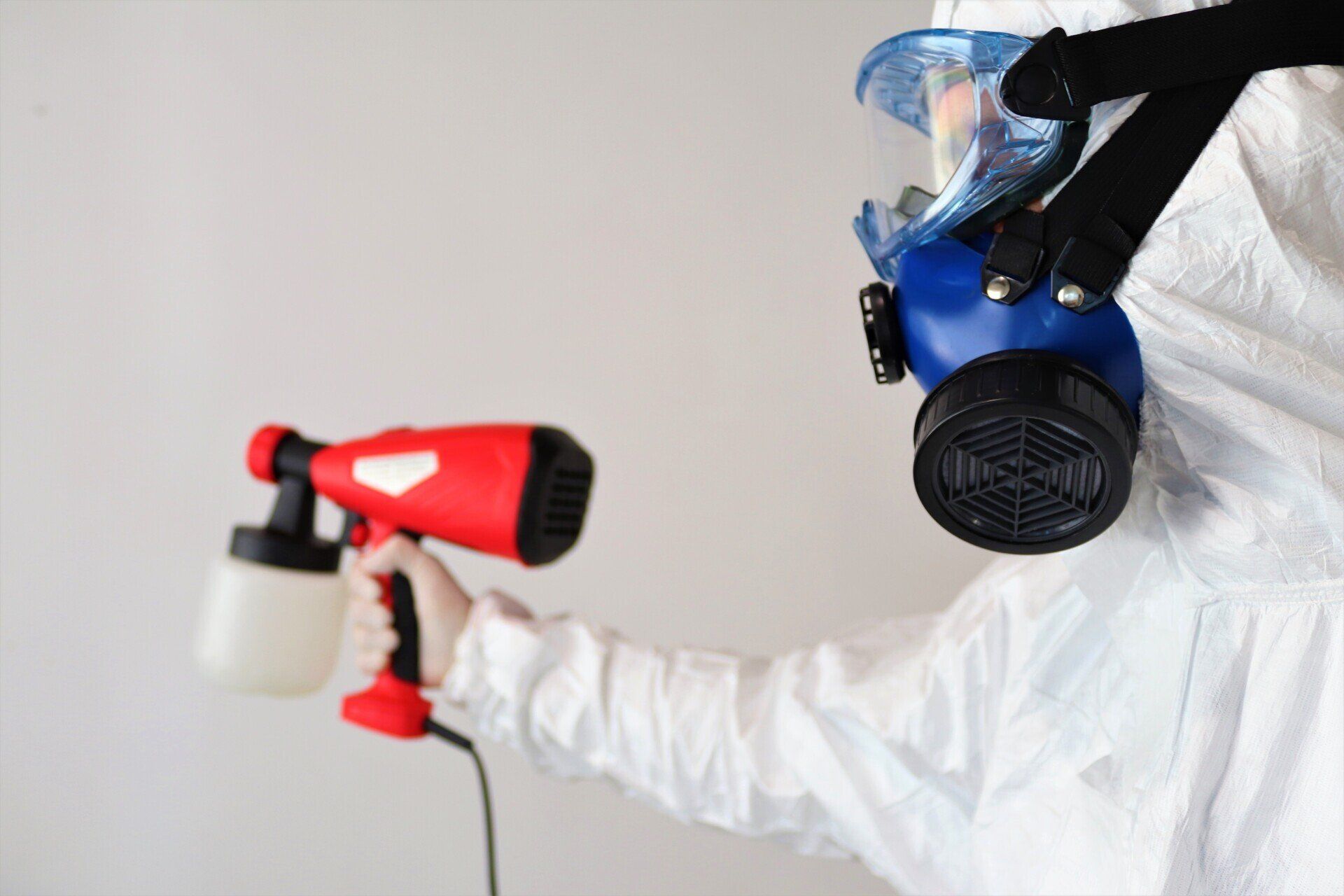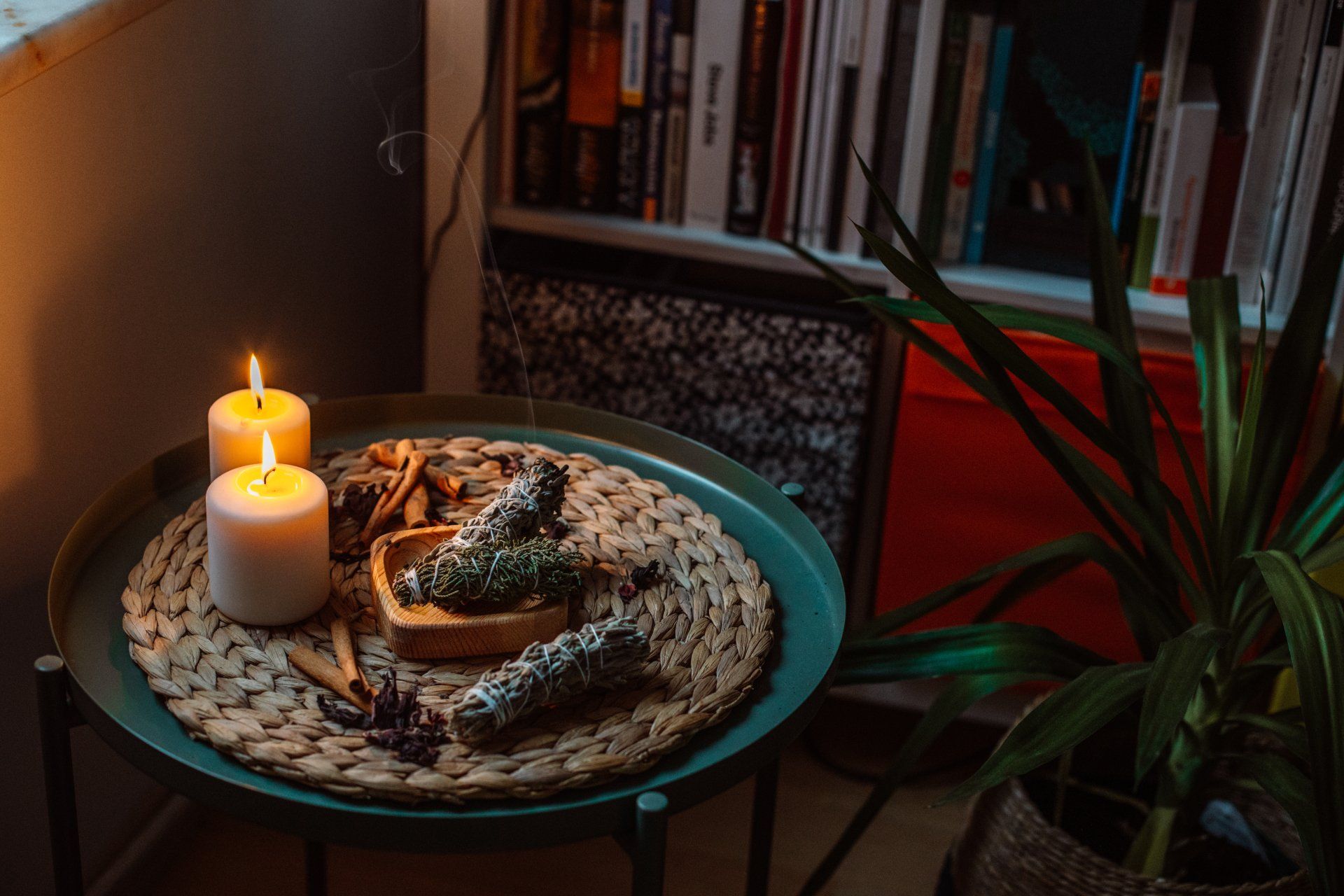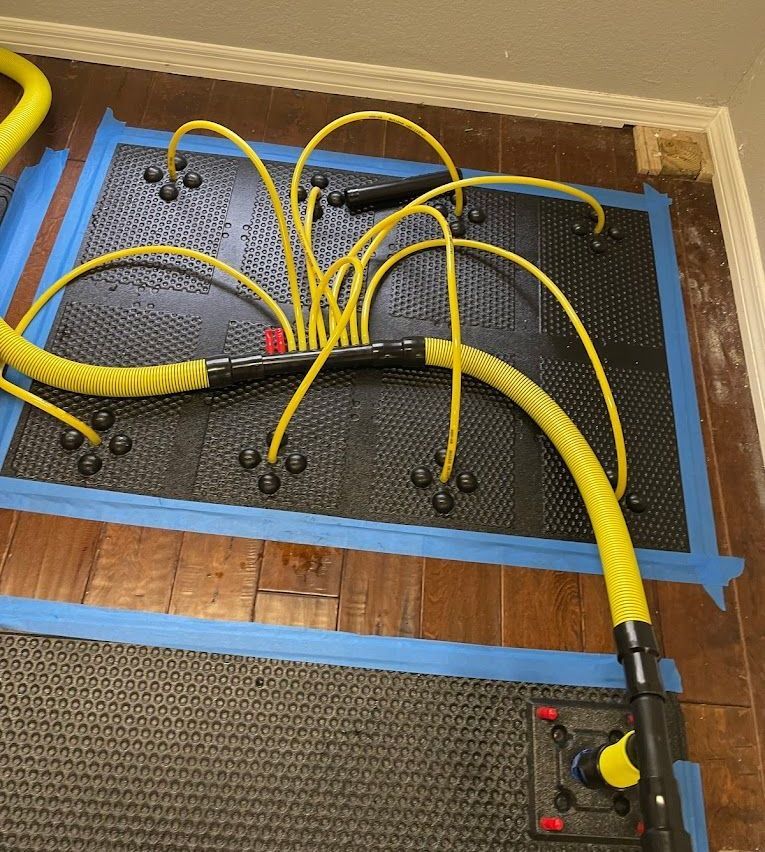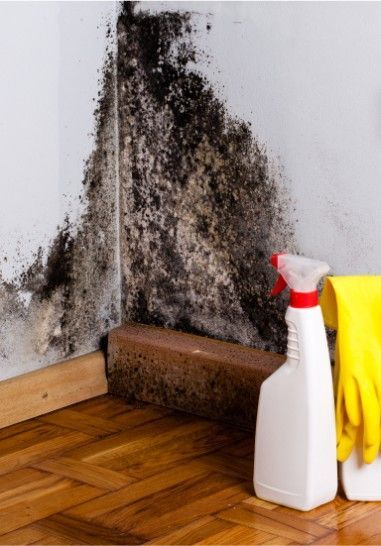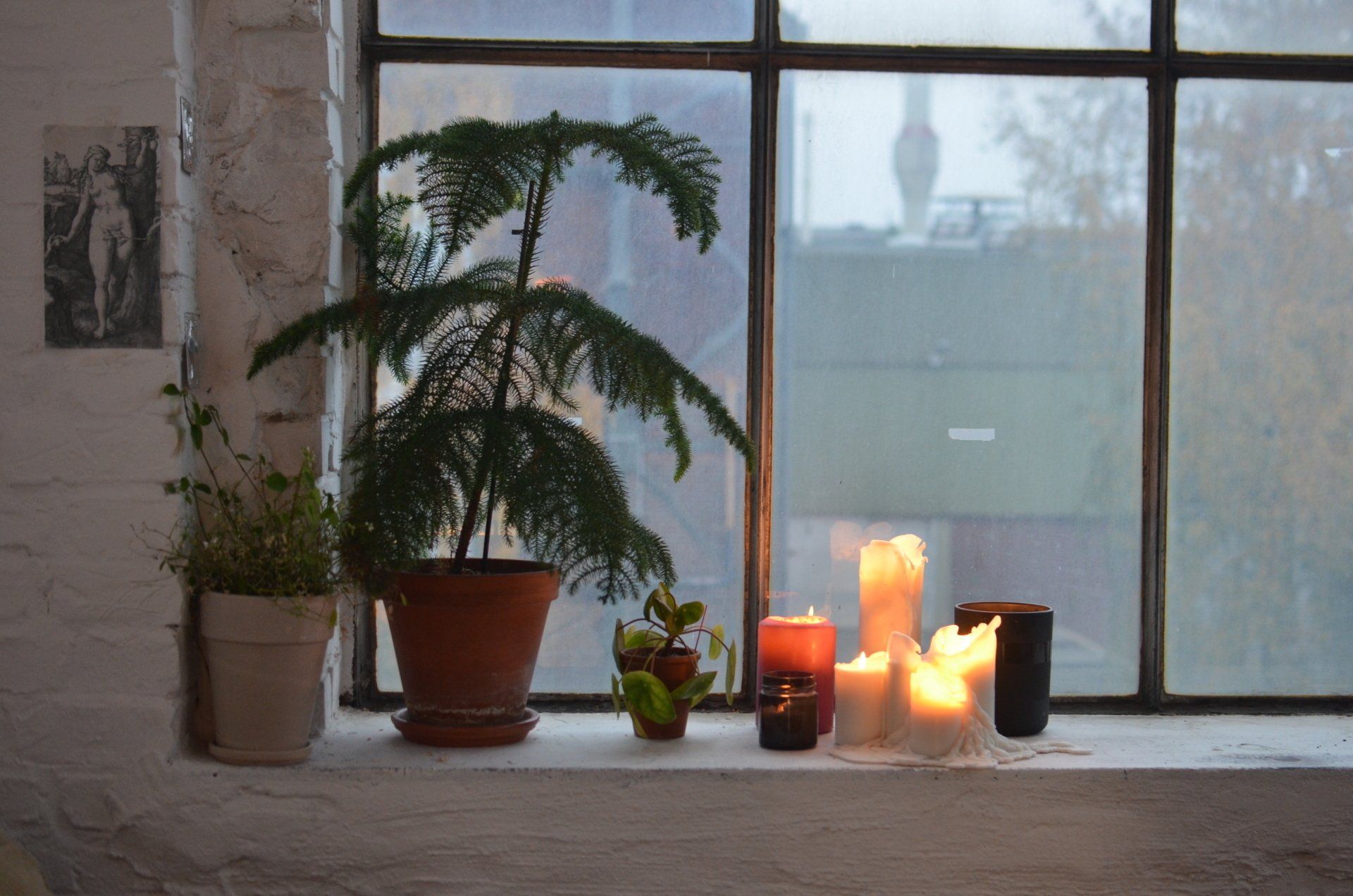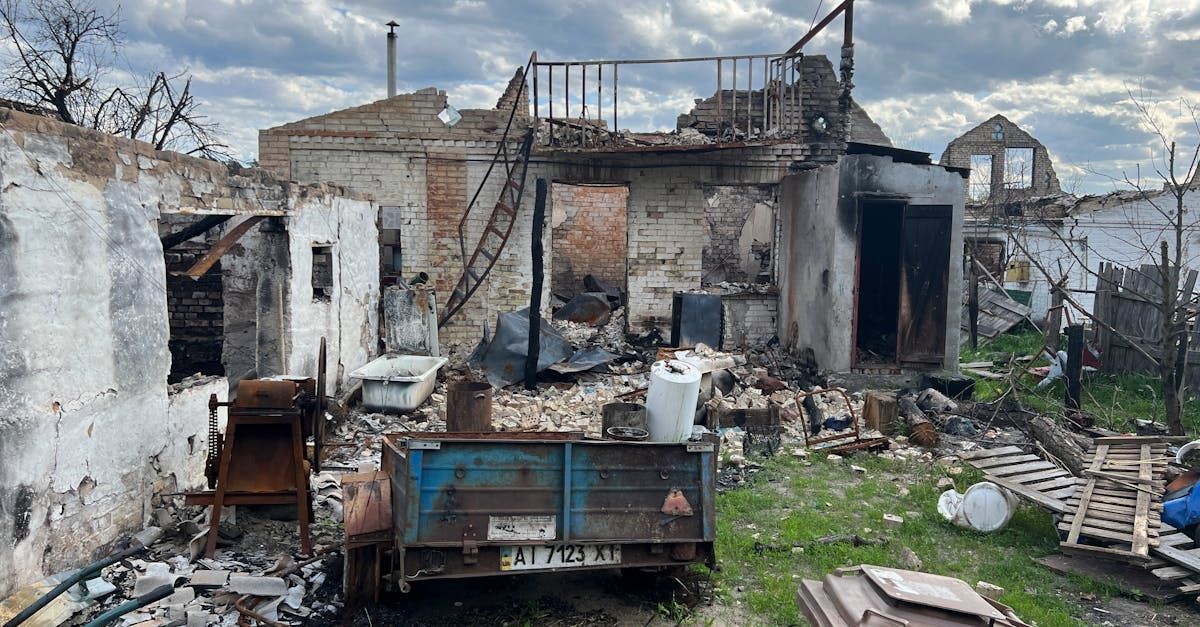The Dangers of Mold Growth in Your Home
Don't Ignore the Dangers of Mold in House: What You Need to Know
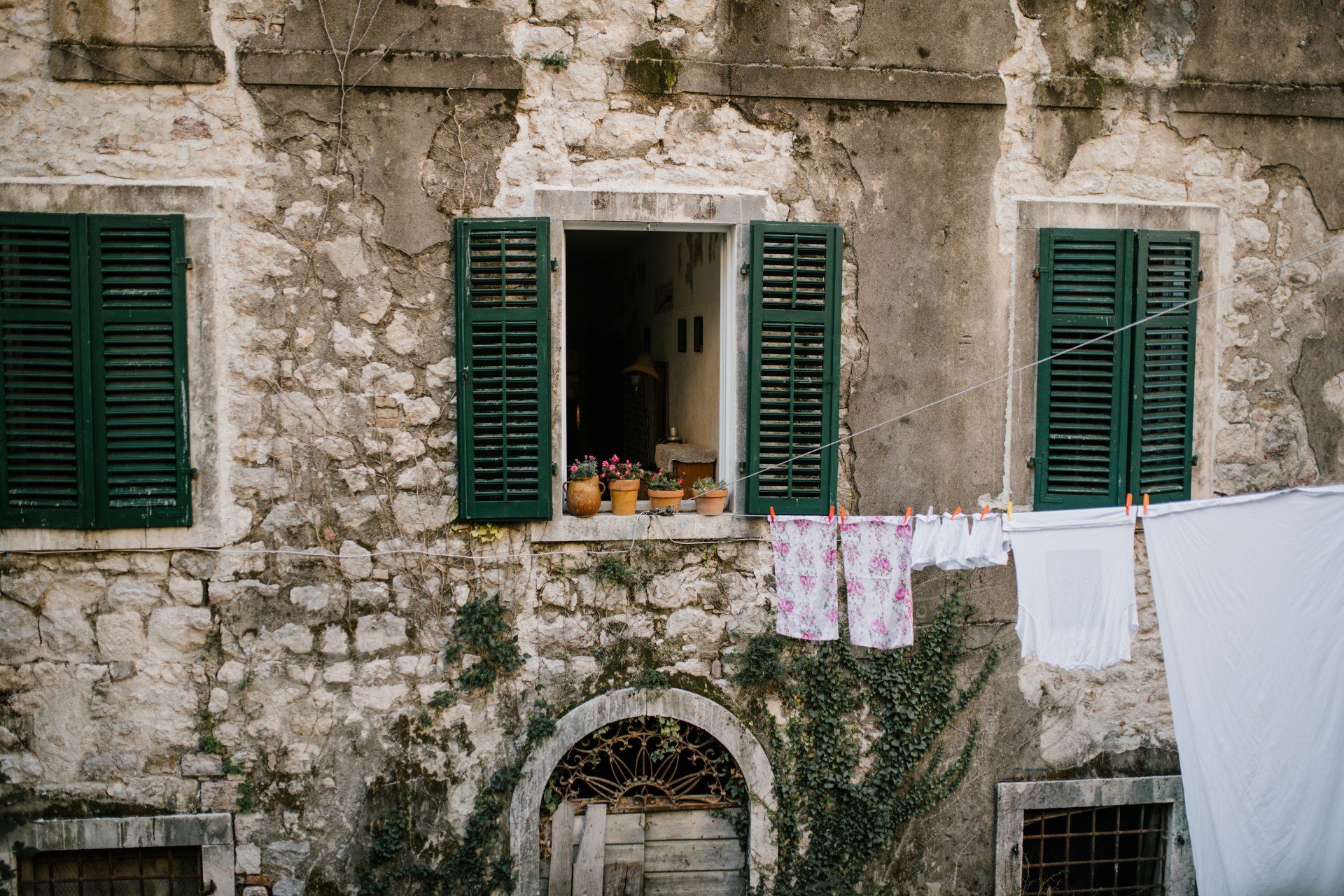
Mold, a pervasive and potentially harmful fungus, thrives in the humid, damp crevices of your home. Exposure to black mold or any toxic mold could induce health issues such as eye irritation and respiratory complications. This article seeks to illuminate the dangers of mold in houses, especially inhaling mold, and provide proactive measures such as utilizing exhaust fans to combat mold in your home.
Health Risks
Exposure to black mold and other harmful toxic mold types can lead to serious health issues, especially in susceptible individuals. Inhaling mold spores often leads to eye irritation, respiratory problems, and allergic reactions. Prolonged exposure may even contribute to the development of chronic lung diseases. Research reflects that 1 in 3 people are sensitive to mold, making mold in homes a silent yet widespread menace.
Allergic Reactions
Exposure to black mold can trigger allergic reactions, with symptoms ranging from mild, such as eye irritation, to more severe and potentially life-threatening conditions. The people who are especially susceptible to mold allergies are those with pre-existing conditions, like asthma, or those with a compromised immune system. Even otherwise healthy individuals can experience allergic reactions due to prolonged exposure to harmful toxic mold.
Respiratory Issues
In addition to allergies, inhaling mold spores can cause significant respiratory issues. Mold in homes, especially in areas with little ventilation, like bathrooms without exhaust fans, can lead to an increase in asthma attacks and other respiratory problems. The link between mold and respiratory issues is well-documented; studies have shown that long-term exposure to mold in your home can cause or exacerbate chronic respiratory illnesses.
Headaches and Fatigue
Exposure to mold, particularly toxic mold, can also lead to non-specific symptoms such as headaches and fatigue. Inhaling mold spores may cause inflammation and irritation in the nasal and sinus cavities, often leading to headaches. Moreover, harmful toxic mold in homes can adversely affect the immune system, resulting in chronic fatigue. It's crucial to note that persistent fatigue and headaches might be indicative of an ongoing mold issue in your home, often overlooked as common malaise.
Irritation
Mold in the home can cause significant irritation to the eyes, nose, and throat. When mold spores are inhaled, they can adhere to the moist lining of these areas, causing inflammation and irritation. Symptoms can range from mild discomfort and itching to severe burning sensations and even pain. Persistent irritation, especially in the absence of known allergens, may be a sign of mold in your home.
Fungal Infections
Exposure to molds, particularly those found in damp and poorly ventilated areas of the home, can lead to various fungal infections. These could range from superficial skin infections to more severe systemic infections affecting the lungs or even the whole body. In some instances, molds in the home can cause fungal sinusitis, an inflammatory condition of the sinuses. Inhaled mold spores can get lodged in the sinus cavities, leading to persistent infection. Prolonged exposure to harmful toxic mold can cause invasive fungal infections, particularly in individuals with weakened immune systems.
Neurological Symptoms
Exposure to certain molds can also lead to neurological symptoms. One of the most concerning dangers of mold exposure is the potential for cognitive impairment. Symptoms can include memory loss, difficulty concentrating, and confusion. These symptoms are thought to occur due to mycotoxins produced by certain mold species. These mycotoxins are capable of crossing the blood-brain barrier, causing inflammation and damage to the brain, leading to neurological symptoms. Understanding the link between mold in your home and these symptoms can guide proper intervention and prevention.
Immunological Reactions
Exposure to molds, particularly toxic molds found in homes, can lead to immunological reactions. In fact, molds produce substances known as mycotoxins that can cause inflammation and trigger immune responses. These reactions can manifest as skin rashes, hives, or even more severe systemic reactions. Long-term exposure to mold can result in a persistent activation of the immune system, leading to chronic inflammation and potentially predisposing individuals to autoimmune diseases. Consequently, it's vital to address the issue of mold in your home promptly to protect your immune health.
Toxicity from Mycotoxins
Certain types of molds can produce harmful substances known as mycotoxins. Exposure to these toxic compounds, though rare, can lead to serious health complications. Specific molds like Stachybotrys chartarum, often referred to as "black mold," are known for their ability to produce mycotoxins. When individuals inhale mold spores laden with these toxins, it can lead to toxicity that manifests as neurological impairment, breathing difficulties, and even damage to internal organs. Understanding the potential dangers of mycotoxins underscores the importance of preventing and mitigating mold growth in homes.
Sudden Infant Death Syndrome (SIDS)
While rare, studies suggest a potential link between mold exposure and Sudden Infant Death Syndrome (SIDS). Babies living in mold-infested homes may have a higher risk due to their undeveloped immune systems. It's crucial to maintain a clean, mold-free environment, particularly in nurseries. Regularly check for mold in damp areas, use dehumidifiers, and ensure adequate ventilation to minimize the risk of mold growth and, consequently, reduce the potential risk of SIDS.
Structural Damage
Mold growth can severely compromise the structural integrity of a home, causing wood to rot and damaging drywall and insulation. This can lead to extensive, costly repairs if not addressed promptly. Moreover, unchecked mold can significantly decrease a property's value, as potential buyers are often deterred by the health risks and renovation costs associated with mold infestation.
Weakening of Building Materials
Mold in your home can gradually weaken the building materials it grows on, impacting the structural integrity of the house. When mold latches onto surfaces like walls, floors, and ceilings, it slowly digests the material to sustain its growth. Over time, this can cause the affected materials to deteriorate, leading to structural problems. For instance, wooden beams can become spongy and brittle, while drywall can crumble and deteriorate. Prolonged exposure to the dampness created by mold can speed up the wear and tear of these building materials.
Compromised Foundation
Mold growth can also compromise the foundation of a home. For example, if mold starts to grow in the crawlspace beneath your home, it can lead to increased humidity levels that weaken the foundational structures. Additionally, mold growth can cause concrete to crack, leading to further instability. Addressing mold growth promptly is crucial to prevent these structural issues and maintain the safety and value of your property.
Decreased Property Value
Mold in your home is not just a health threat, but it also detrimentally impacts the property's market value. Prospective buyers, aware of the dangers of mold, may be deterred due to potential repair costs and health risks. Moreover, the presence of mold signifies possible structural issues, further devaluing the property. Homes with mold issues can see a decrease in value by up to 20% in some cases, making it significantly harder to sell.
Increased Risk of Collapse
Unaddressed mold growth can lead to the structural integrity of your home being compromised to the point of collapse. The mold's erosive action, particularly on wooden supports and concrete foundations, can cause significant deterioration over time. This increased instability can lead to the potential risk of collapse, posing a serious hazard to occupants. Therefore, the importance of promptly addressing mold growth cannot be overstated to prevent structural failure and ensure the safety of the home's inhabitants.
Discoloration, Warping, or Deformation
Mold growth can lead to visible discoloration, warping, or deformation of building materials, affecting a home's appearance and aesthetic appeal. For instance, mold on walls can create unsightly black or green patches. On wooden surfaces, mold might cause warping or curvature due to the moisture it produces. Over time, this deformation can become pronounced, making the surfaces uneven and visually unappealing. Similarly, dampness from mold can cause wallpaper or paint to peel, adding to the overall degradation of the appearance of your home.
Unpleasant Odors and Reduced Indoor Air Quality
Mold growth is often accompanied by an unpleasant, musty odor, which can permeate through your home, reducing the overall indoor air quality. In addition to being off-putting, this odor can cause discomfort and exacerbate respiratory conditions in some individuals. Furthermore, airborne mold spores can contaminate the indoor environment, leading to poor air quality. Prolonged inhalation of such air, especially in enclosed spaces, can lead to health conditions, including eye irritation and respiratory issues. Hence, addressing mold growth is essential not only for the physical integrity of the home but also for the health and well-being of its inhabitants.
Increased Potential for Pest Infestations
Mold growth in your home can attract a variety of pests, including insects, rodents, and other animals. These creatures are drawn to the moisture and warmth provided by mold-infested areas. Once established, they can exacerbate the mold issue by further damaging building materials and spreading mold spores throughout the home. For example, insects and rodents often burrow into walls and floorboards, creating new pathways for moisture and mold to infiltrate. As they move around, they can also carry mold spores to other parts of the home, contributing to the spread of mold colonies. Therefore, a mold problem can quickly lead to a larger pest issue if not promptly addressed.
Increased Potential for Future Water Damage or Mold Growth
The presence of mold often indicates underlying moisture problems. If these issues are not addressed, there is a high possibility for future
water damage or mold growth. Leaks, condensation, and high humidity levels can all create optimal conditions for mold to thrive. Over time, these conditions can lead to extensive water damage, which can weaken building materials and encourage mold growth. Therefore, it's crucial to not only address visible mold but also to identify and rectify the source of moisture to prevent future occurrences. Early intervention can save significant repair costs, preserve your property's value, and ensure a healthy living environment.
Identification and Prevention
Identifying mold growth involves recognizing visible signs like discoloration, staining, or fuzzy patches on walls, floors, or ceilings. Also, the presence of a musty odor is a common indication of mold in homes. To prevent mold, ensure proper ventilation, especially in high-moisture areas like bathrooms—utilize exhaust fans to remove damp air. Regularly check for leaks and address water damage promptly to discourage mold growth. Control moisture levels with a
dehumidifier in particularly humid areas. Remember, early detection and prevention of harmful toxic mold play a vital role in maintaining a healthy and safe household.
Remediation and Removal
Mold remediation starts with a thorough inspection to identify affected areas. This is followed by containment to prevent the spread of
mold spores during removal. Infected materials are then carefully removed, and the area is cleaned and disinfected. Given the dangers of mold, especially toxic black mold, working with a professional mold remediation company is essential for thorough and safe removal. They have specialized equipment and expertise to handle mold without causing further exposure or damage. When selecting a remediation company, ensure they are licensed, have positive reviews, and can provide a detailed mold remediation plan. Remember, your safety and the integrity of your property are paramount.
Fight the Mold in Your Home With All Things New Restoration
The dangers of mold exposure, including health risks and structural damage, emphasize the importance of timely intervention. At All Things New Restoration, we specialize in mold remediation to ensure a safe, healthy living environment. Don't let toxic mold compromise your home and health—contact us today for a comprehensive mold inspection and eradication plan. Fight the mold in your home with All Things New Restoration.

